


You’ve heard of League of Legends, maybe even played it. But forget crazy clicking and last-hitting minions; Teamfight Tactics (TFT) is a different beast, a fun auto-battler set within the same League universe (and game client), developed by Riot Games. It’s also called autochess, where you draft a team of champions, position them wisely, and watch them battle automatically against seven other players.
Sounds interesting? Good. This beginner guide will navigate you through matches and your ranked climb from Iron to Challenger. Let's find out how to play Teamfight Tactics.
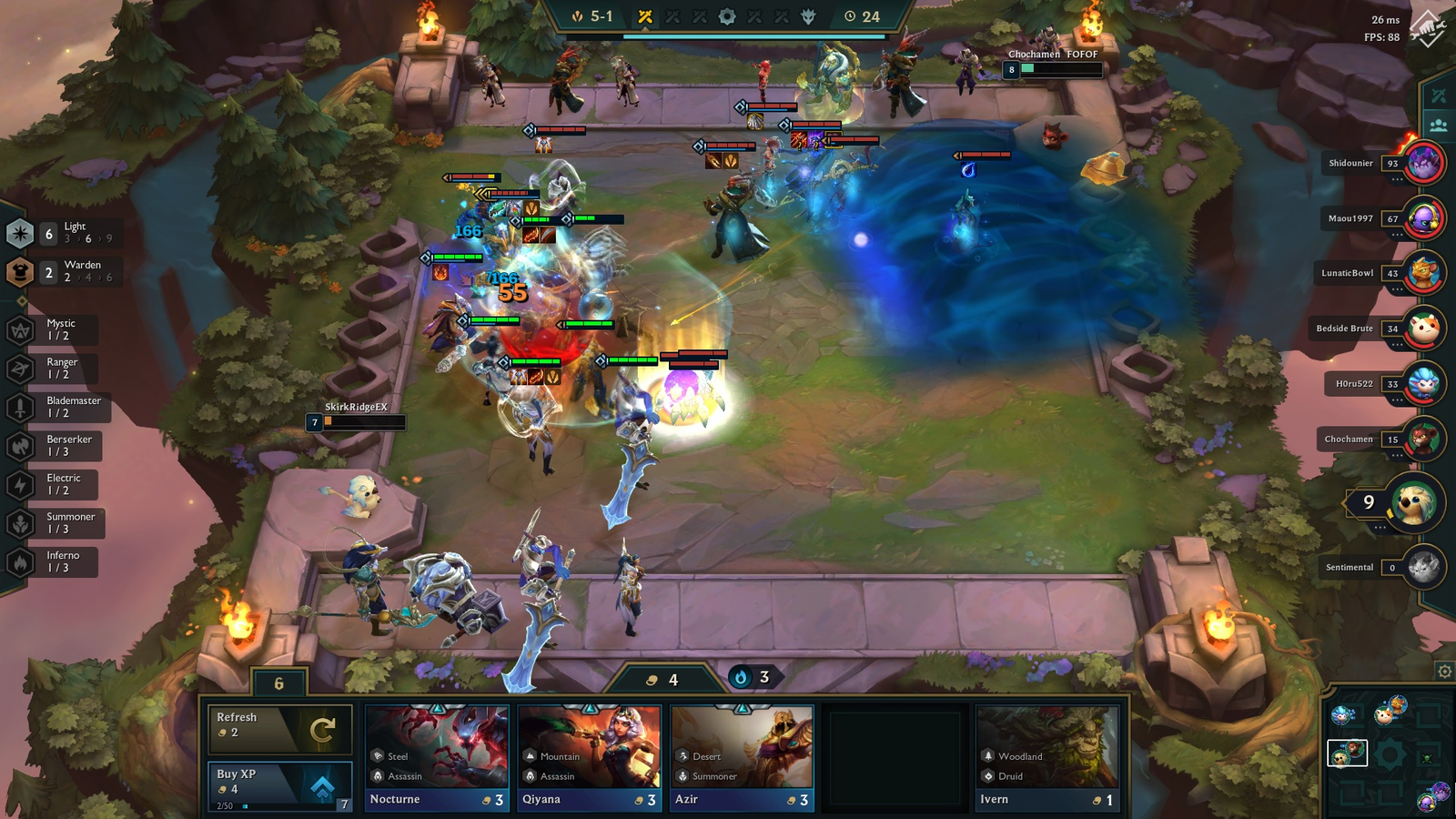
At its core, TFT is an 8-player free-for-all strategy game. You won't control your champions directly in combat. Instead, your skill lies in building the strongest possible team composition round after round.
You'll use gold to buy champions from a shared pool, combine them to create stronger versions, equip them with powerful items, and arrange them on your board.
Each round pits your army against either AI-controlled monsters (PvE) or another player's team (PvP). Winning rounds preserves your health (represented by the size of your adorable Little Legend avatar); losing rounds means you take damage and lose health.
The last player standing wins the TFT match. Simple concept, infinite strategic depth. Each TFT set (similar to a LoL “season” but shorter) introduces new champions, traits and origins, and sometimes mechanics, ensuring the gameplay always feels fresh.
Let's walk through the fundamental elements you'll encounter the moment you play the game.
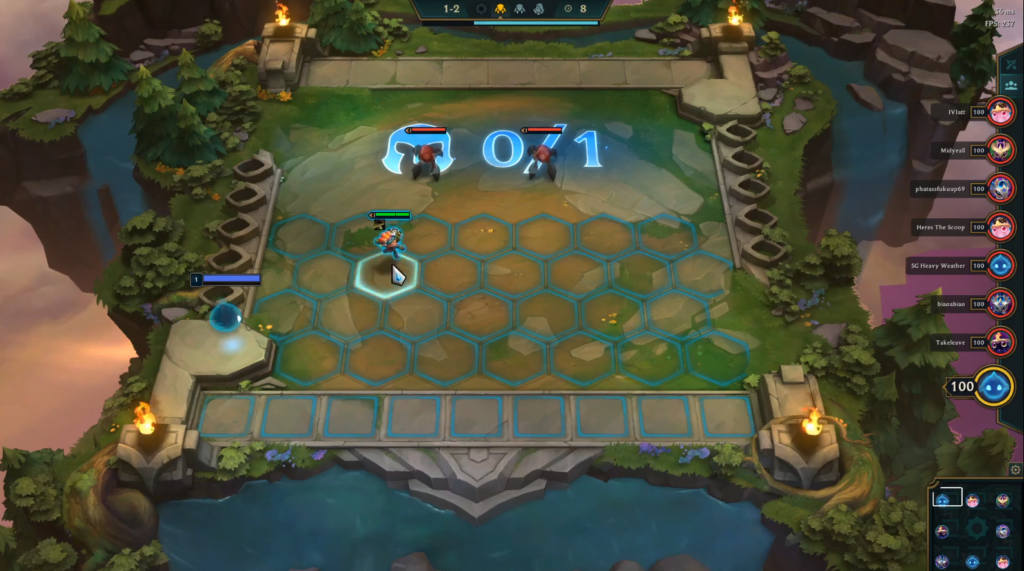
Your side of the arena is a hexagonal grid where you'll place your units. Your Little Legend is your in-game persona; its health bar represents your life total, usually starting from 100 at the beginning of each match. Keep an eye on the right side of the screen to see your opponents' health and progress.
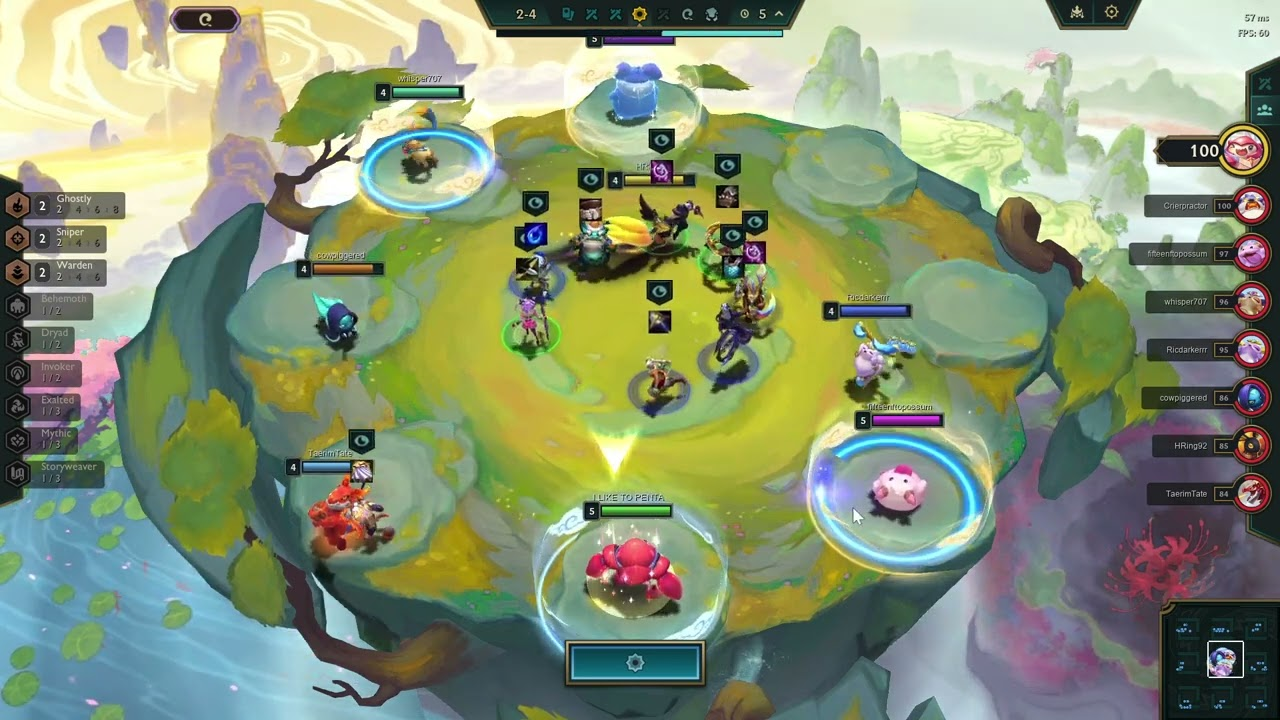
Most TFT games kick off with the Carousel. All eight players converge on a rotating circle of champions, each holding an item component. Players pick one champion and item combo. Who picks first? It's based on current health standings – players who have fallen behind in health get first pick, offering a comeback mechanic. This is a crucial moment to grab a specific champion you need or a vital item component for your core builds.
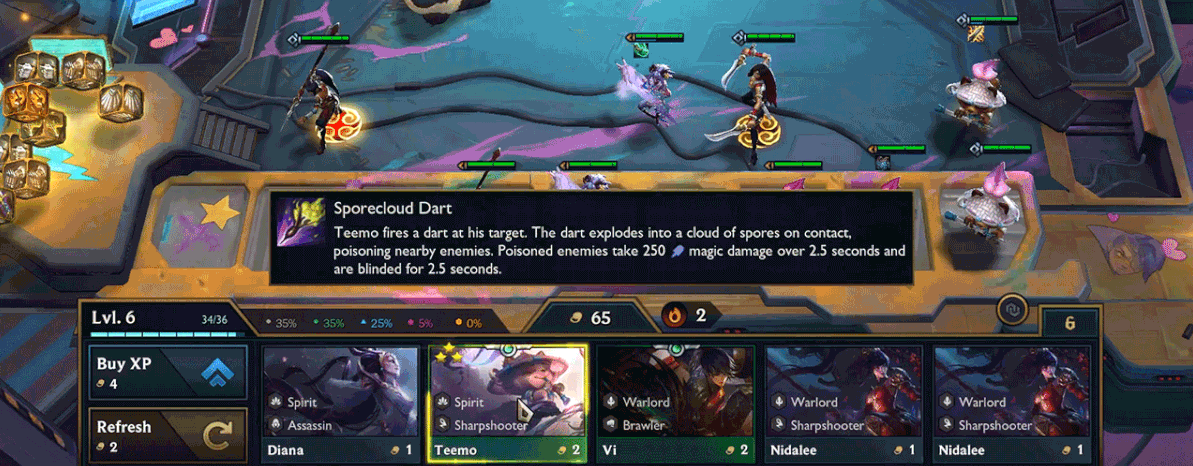
Between combat rounds, your shop appears. The shop has five slots offering a random selection of champions you can purchase using gold. You can:
Buy: Spend gold to add a champion to your bench (the waiting area below your board).
Sell: Get some gold back by selling a champion from your bench or board.
Reroll (Refresh): Spend 2 gold to get a new set of five champion options. Use this sparingly in the early game!
Buy XP (Level Up): Spend 4 gold to gain experience points. Leveling up increases your team size limit (letting you field more units) and gives you access to rarer, more powerful champions in the shop.
The secret of winning lies in assembling a synergistic team.
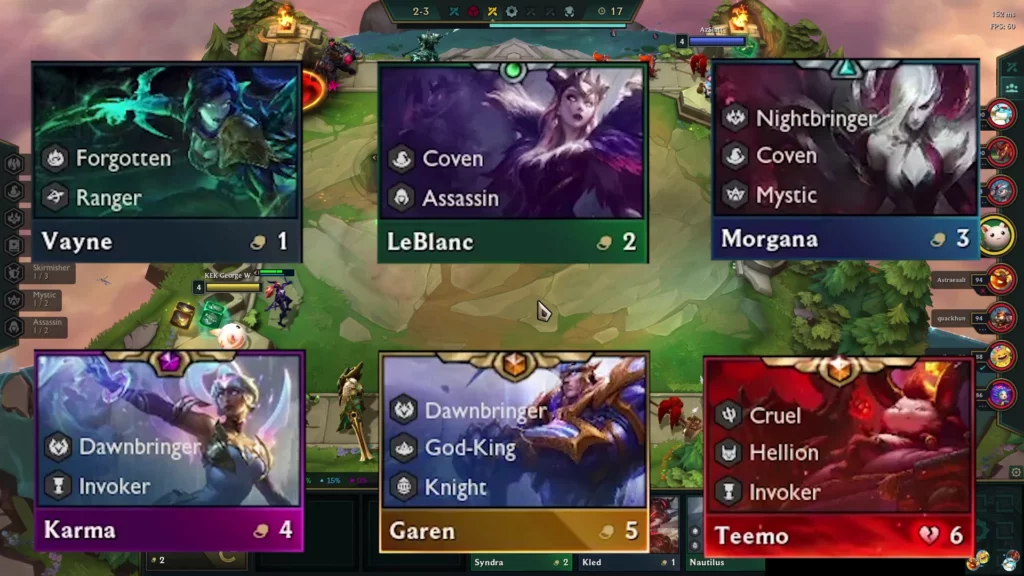
Each champion has unique stats (health and attack), a mana cost for their unique abilities, and belongs to specific Traits (Origins and Classes).
You can upgrade champions: collect three identical 1-star champions to combine them into a more powerful 2-star version automatically. Three identical 2-star champions combine into a mighty 3-star unit. Upgrading dramatically increases their stats and ability power.
Every champion comes from a shared pool, meaning there's a finite number available in each game. If others are buying the same units, they become harder for you to find. You can observe what champions other players are buying from toggling their boards by clicking their avatar.
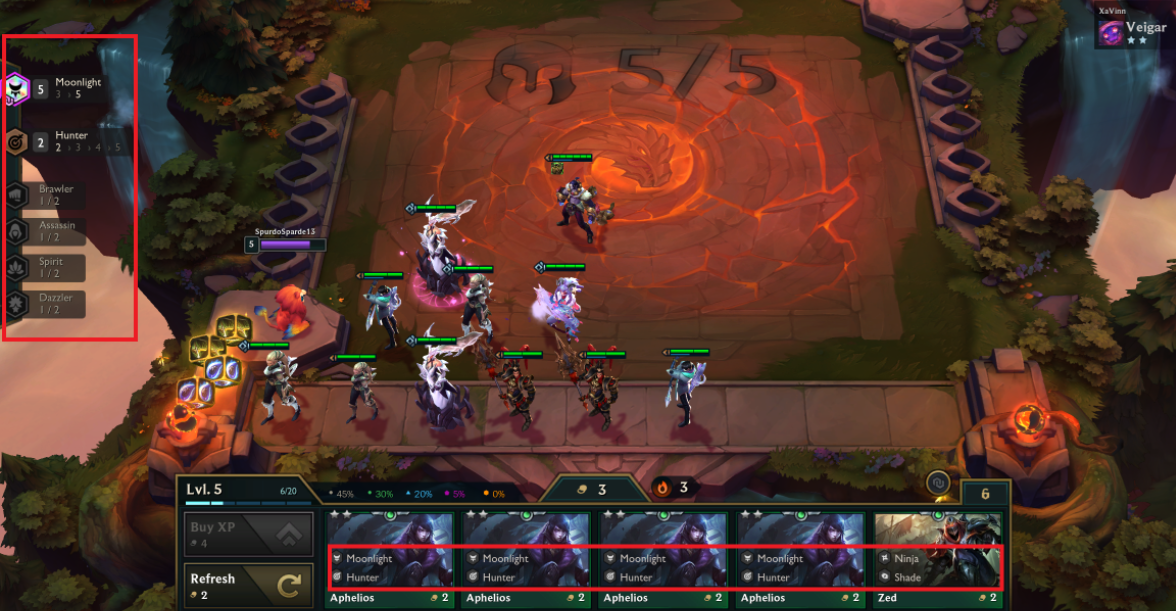
This is where team building gets skillful. Every champion belongs to multiple Traits. Think of them as affiliations (like 'Bilgewater' or 'Noxus' for Origins) and combat roles ('Bruiser' or 'Sorcerer' for Classes). Fielding multiple champions with the same trait unlocks powerful bonuses for your team. This is called Synergy.
Example: Having two 'Challenger' trait champions might grant them bonus attack speed. Adding two more for a total of four Challengers could grant a significantly larger attack speed boost.
Mixing and matching Origin and Class synergies is key to creating a powerful team. Experimenting with different combinations (comps) is a core part of the fun and strategy. Learning the traits and origins of the current Teamfight Tactics set is essential.
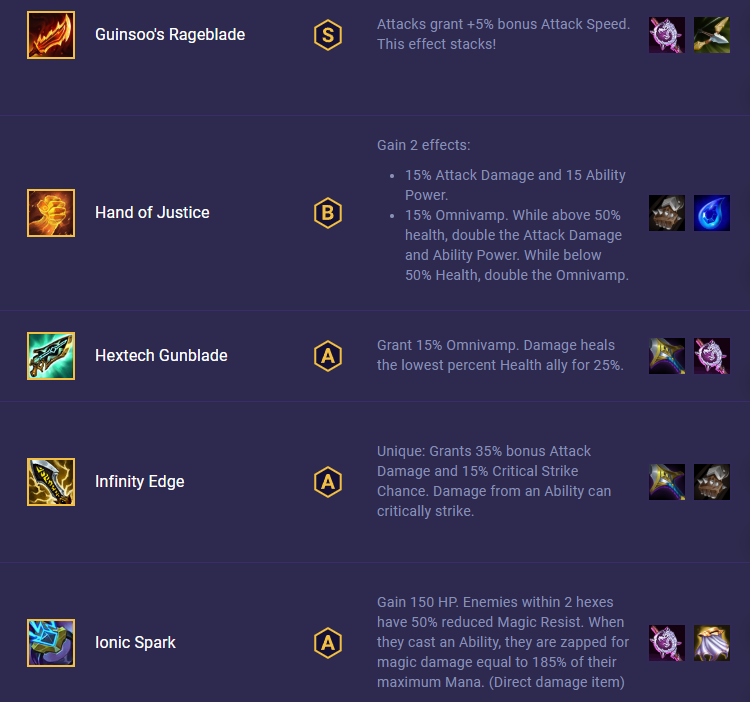
Items add another layer of customisation and power. You get item components from the Carousel and PvE rounds (loot drops from AI monsters). Combining two components creates a full item with significantly stronger effects.
Components: Things like B.F. Sword (increases attack damage) or Needlessly Large Rod (increases Ability Power).
Combined Items: Two B.F. Swords make an Infinity Edge. A B.F. Sword and a Recurve Bow (increases attack speed) make the Guinsoo's Rageblade. Completed items yield additional power, the classic “1+1>2” bonus.
Strategy: Knowing which items work best on which champions and for which team comps is vital. Generally, you'll want defensive items on your frontline tanks and offensive items (catering to either basic attack damage or ability power) on your damage dealers. Hovering over a component will show you what it can build into. Learning a few core recipes is a great starting point for new players. You will find item cheat sheets helpful during matches.
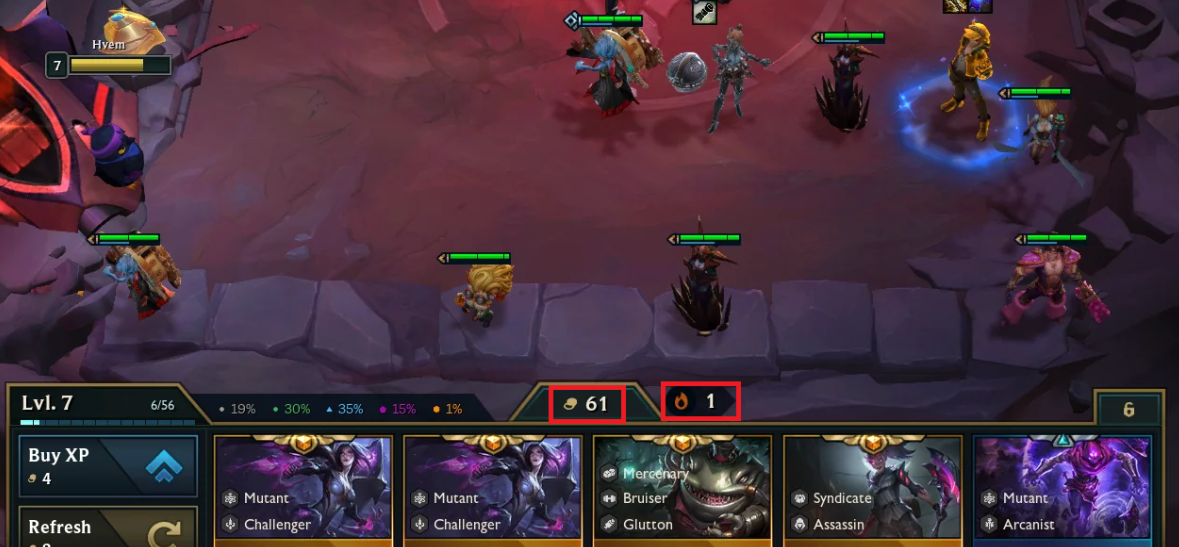
Understanding how to manage your amount of gold is arguably the most critical skill in TFT. More gold means more options: buying champions, rerolling, and leveling up faster.
Base Income: You get passive gold per turn.
Interest: For every 10 gold you have saved at the end of a round (up to a maximum of 50 gold), you earn an extra 1 gold in interest for the next round. So, having 50 gold gives you an extra 5 gold per turn! This is huge. Reaching 50 gold and maintaining it while spending smartly is a common economic goal.
Win Streaks & Loss Streaks: Winning consecutive PvP rounds grants bonus gold (a win streak). Interestingly, losing consecutive PvP rounds also grants bonus gold (a loss streak). Streaks provide additional gold, so sometimes, intentionally continuing a loss streak (while carefully managing your health!) can be a viable economic strategy, though risky. Knowing when to push for wins or strategically lose is part of advanced gameplay.
Spending: Balancing saving for interest versus spending to strengthen your board or level up is the core economic puzzle. A general rule of thumb for beginners: try to reach 50 gold relatively early and spend the excess gold above that threshold each turn, unless you urgently need to level up or find specific units. Managing your economy well drastically increases your chances of winning.
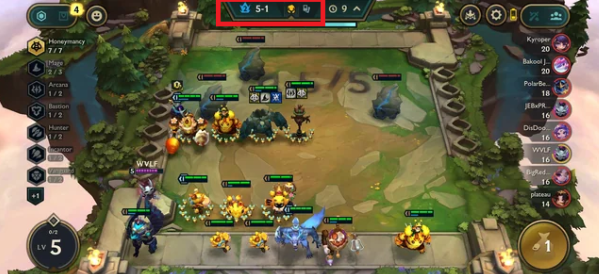
A TFT match progresses through distinct phases:
Early Game (Stages 1-2): Starts with PvE rounds against AI monsters for initial loot and champions. The first Carousel and initial PvP rounds happen here. Focus on buying pairs, finding simple 2-piece synergy bonuses (like 2 Bruisers or 2 Sorcerers), and starting your economy. Don't spend too much gold on rerolling yet.
Mid Game (Stages 3-4): This is where team comps start to take shape. You'll likely level up to field more units (number of units matters!), make bigger decisions about your final team composition, and start combining more items. Position becomes more important. Scouting opponent boards helps you anticipate threats.
Late Game (Stages 5+): The player count may decrease. High-cost legendary champions appear more frequently. Fights are decided by optimized team comps, strong itemisation, precise positioning, and potentially powerful Augments (we’ll talk about it next). Every decision matters here as health totals run low. This is where your carefully planned strategy requires precise execution.
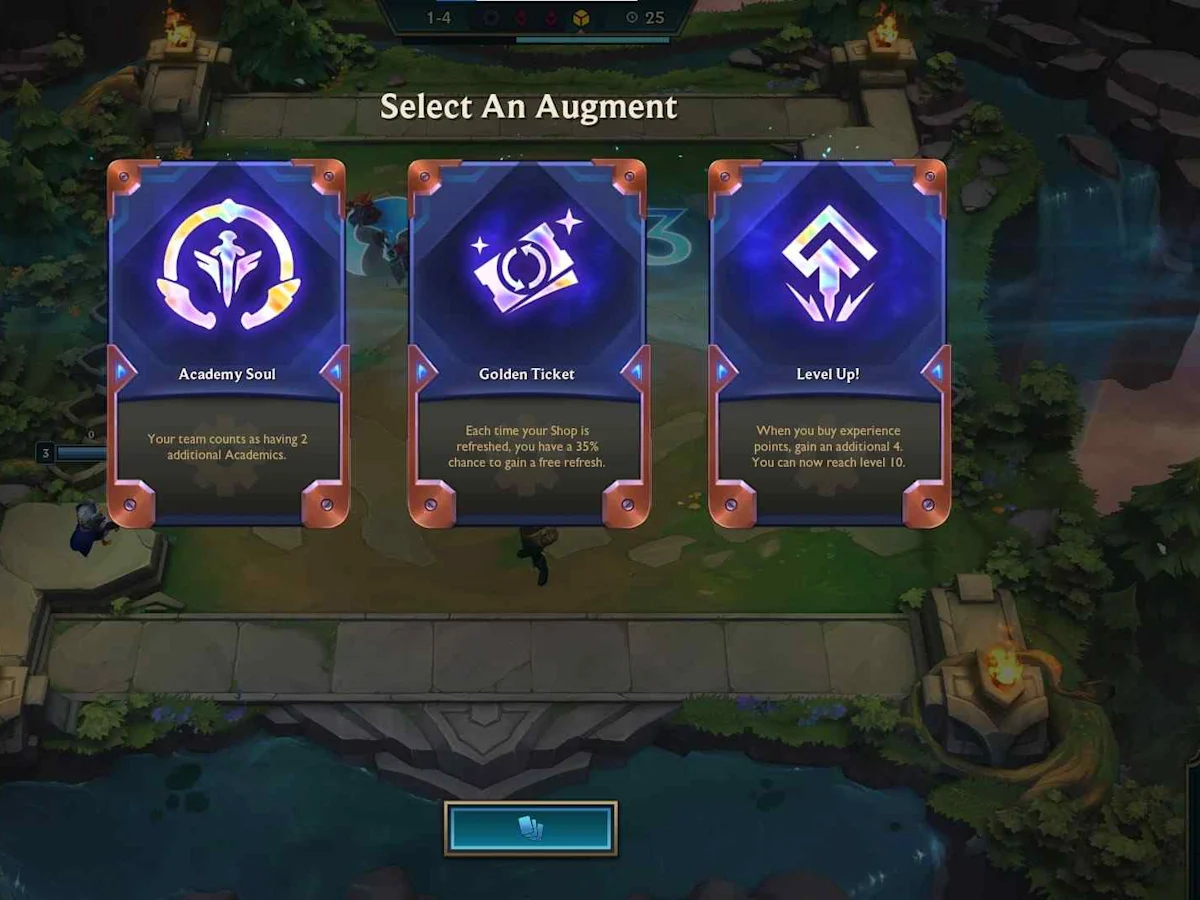
Positioning: How you place your units on the board is critical. Generally, tanks go in the front to absorb damage, while squishy damage dealers stay in the back, protected by their attack range. Adjust based on opponent comps (e.g., protecting carries from Assassins).
Augments: At several key points during a match, you'll be offered a choice of three powerful Augments. There are three different tiers: Silver, Gold, and Prismatic, with increasing power. These provide significant bonuses, unique effects, or even modify Traits. Choosing the right Augment for your comp can dramatically change the game.
PvP Rounds: Combat is automatic. Your team fights the opponent's team. Units use their basic attack, which accumulates mana, and cast abilities when their mana bar fills. The winner keeps their remaining health; the loser takes damage based on how many enemy units survived and their star level and cost.
Now you have the foundational knowledge to play Teamfight Tactics. Can’t wait? Try it out now. The journey from beginner to master tactician involves practice, learning from each TFT match, and adapting to the ever-changing meta of each new Teamfight Tactics set. Use our guide in-game and enjoy every match!